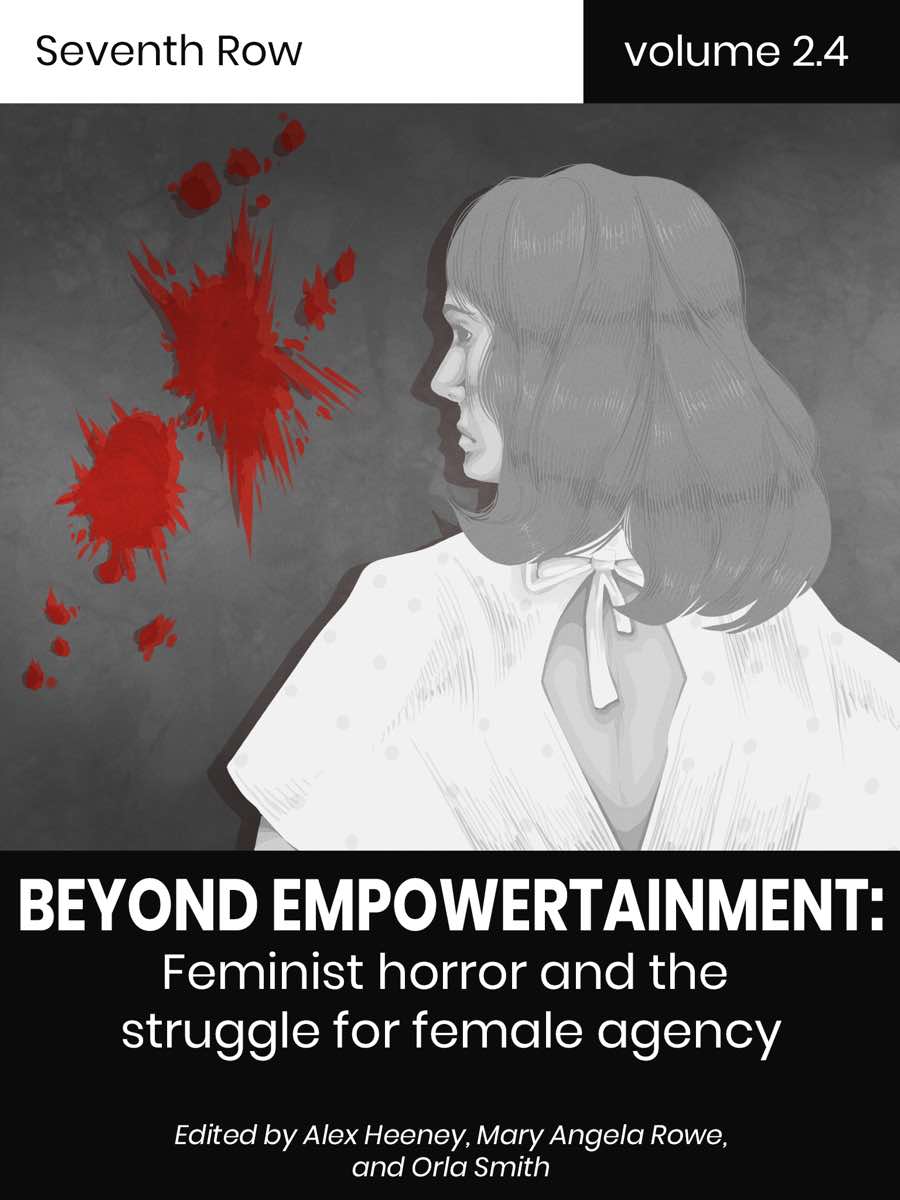In this excerpt from her essay on Kristen Stewart in Personal Shopper, which features in our feminist horror ebook Beyond Empowertainment, Joseph Earp discusses the way Stewart’s artificial, artfully rendered oddness reveals something naturalism could not. Explore our coverage of Women in Horror Month here.

Discover one film you didn’t know you needed:
Not in the zeitgeist. Not pushed by streamers.
But still easy to find — and worth sitting with.
And a guide to help you do just that.
Kristen Stewart is being watched. The 26-year-old is floating through an empty house: nothing else moves but her, and Stewart exudes a kind of frenzied, studied calm as she passes through the space. She knows she is being observed yet never acknowledges it directly. Her head dips, her gaze flinches. “Awkward” is the wrong word; she’s too deliberate for that, too controlled. “Agonised” is the wrong word, too: her studied, darting physicality sometimes seems pained but not painful. Instead, her movement bypasses language, speaking of nothing but itself.
That energy doesn’t let up when she rests, either. Leaning against a railing, cigarette poked between her lips, surveying an ever-so-slightly sad autumnal landscape, she is a cupped flame, flickering back and forth restlessly. The camera hangs back, still staring, keeping Stewart in a wide shot. And Stewart shifts away from it, throwing a literal cold shoulder. The cigarette moves back and forth from her lips. Her neck creaks and bucks. Her head bobs. Kristen Stewart is never still — even when she is still.
So it goes in the first scene of Olivier Assayas’ Personal Shopper, a ghost story that stands as Stewart’s most impressive performance yet. The film actively requires her: its plot implicitly invokes a supernatural sort of voyeurism, a kind of watched weirdness that Stewart has mastered over the course of a career as both an indie darling and a Hollywood heartthrob.
Personal Shopper focuses on Stewart’s Maureen, the eponymous shopper who begins to believe that her phone is being haunted by the spirit of her departed brother. In many ways then, the film is less about haunting as it is about those haunted. Much of the storytelling work is done by Stewart, as she shuffles around the edges of the screen, wandering through space like the very “ghost” she communicates with. As ever, Assayas plays his cards very close to his chest: is Maureen going mad? Is she merely grieving? Assayas seems unwilling to answer, and as a result, Stewart’s job as an actress requires a sort of queasy flitting between knowledge and ignorance.
Stewart never plays Maureen’s “breakdown” (if it could even be called that — Stewart and Assayas seem just as willing for it to be interpreted as a breakthrough) as hyperbolic, and she avoids the sweeping gestures that define the work of many celebrated Hollywood titans. Yet every one of Stewart’s actions seems to have a secret, subliminal meaning, from the studied, near-comical looks of boredom she shoots her employer and colleagues, to the beatific, wide-eyed gaze she directs at a phone seemingly being filled with text messages sent from the dead.
Want to read the rest of the book? Order a copy of our new ebook on feminist horror beyond empowertainment here.

Want to read the rest of the book?
This is an excerpt from the book Beyond Empowertainment: Feminist Horror and the Struggle for Female Agency.
The book contains 20+ chapters on films such as Thelma, Raw, and Perfect Blue.

